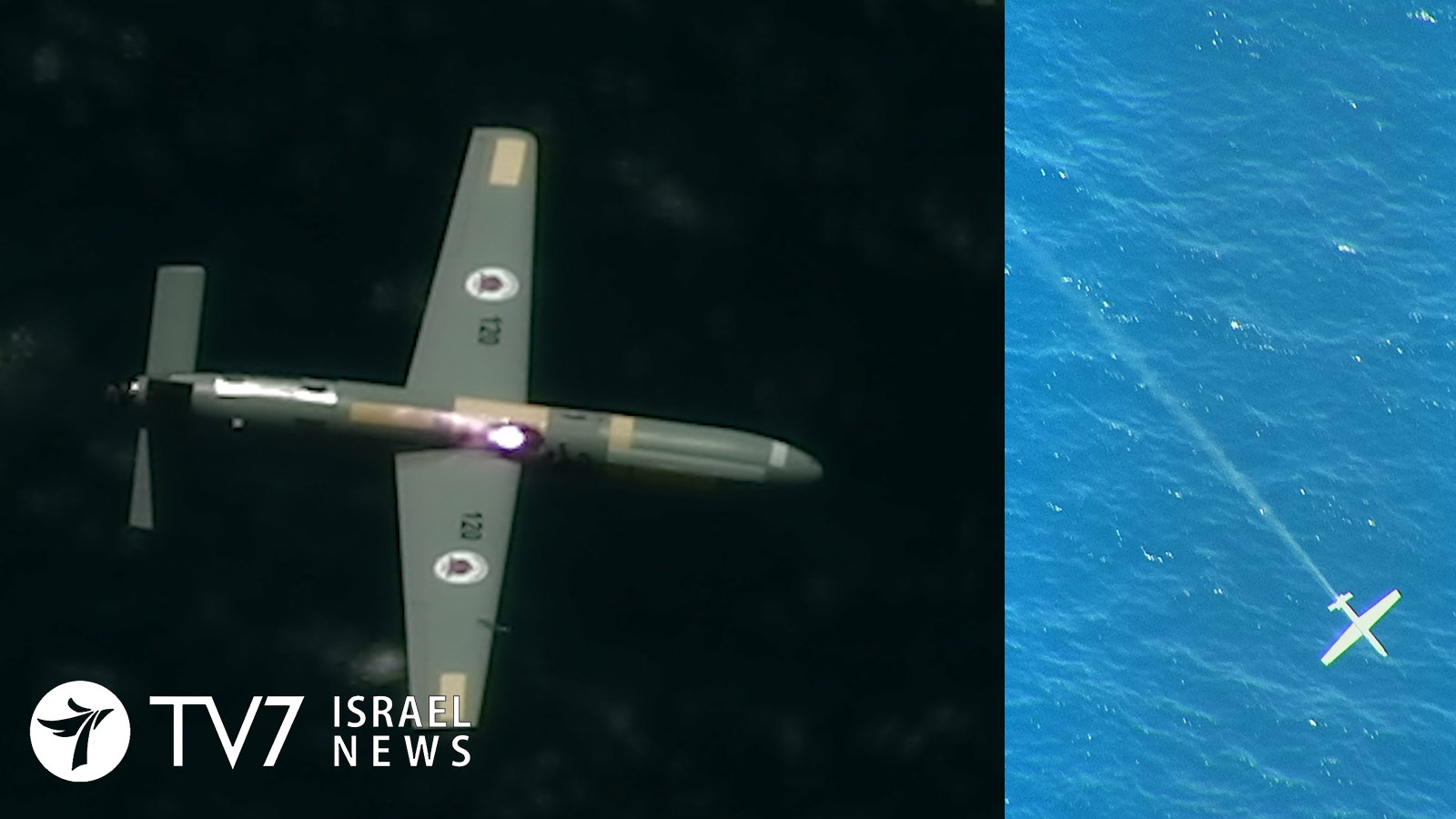The Israeli Ministry of Defense (IMoD) has announced the successful completion of its first-ever series of interception tests using a new airborne, High-Power Laser Weapon System (HPL-WS).
According to statement that TV7 obtained from the IMoD Spokesperson’s Office, the Directorate of Defense R&D in the Ministry of Defense, together with the Elbit Systems Ltd. defense contractor and the Israel Air Force (IAF), shot several unmanned aerial vehicles (UAVs) and other flying targets at various ranges and flight altitudes, in the first phase in a multi-year program to develop a laser system against a variety of long-range threats.
Israel is among the first countries in the world to achieve such a groundbreaking laser system capable of intercepting and destroying existing and future airborne threats, presenting a strategic change in the air defense capabilities of the State of Israel. Among its many advantages, this method includes a low cost per interception, protection of vast areas, and the ability to effectively eliminate long-range threats at high altitudes regardless of weather conditions. The airborne version is able to operate over cloud covers that can disrupt efficacy of ground-based laser systems.
This “game-changing series” was conducted in a testing field in the center of the country, in close cooperation with the IAF and the Yanat Unit.
The IMoD said that the new as-yet unnamed laser weapon it will be used to “complement Israel’s multi-tier missile defense array,” which include the Iron Dome that intercepts short-range rockets and the David’s Sling and Arrow systems against ballistic missile attacks.
“Today you have brought us closer to yet another important milestone in the development of the multi-tier defense array of the State of Israel and it is significant both in terms of cost-effectiveness and defense capabilities,” said Israeli Defense Minister Benny Gantz, congratulating the IMoD Directorate for Defense R&D, Elbit Systems and the IAF on the technological breakthrough.
“The laser system will add a new layer of protection at greater ranges and in facing a variety of threats – securing the State of Israel while saving the costs of interception,” said Lt. Gen. (res.) Gantz, adding, “I am confident that Israel’s defense industry will succeed in this important development program, and I will personally work together with the entire defense establishment to ensure its success.”
Preliminary tests of the laser, flown on a light aircraft, were successful against several drones at ranges of around 1 km (half a mile), said Head of Research and Development in the DDR&D, Brigadier General Yaniv Rotem.
According to Gen. Rotem, a 100-kilowatt prototype with a range of 20 km (12.5 miles) is expected to be developed in 3-4 years.
Oren Sabag, General Manager of Elbit Systems ISTAR, said the new laser weapon would use tracking technologies similar to the firm’s C-Music defense system fitted to aircraft that uses a laser to “blind” incoming missiles, but it will also be able to destroy rockets and hostile unmanned aircraft closer to their launching areas and away from population centers by heating them up so they catch fire in only “a few seconds.”
The IMoD and Elbit are also working with the state-owned Rafael Advanced Defense Systems Ltd. to produce a ground-based laser weapon for shooting down aerial threats. This system would have a range of 8-10 km (5-6 miles) and be operational by 2025.
